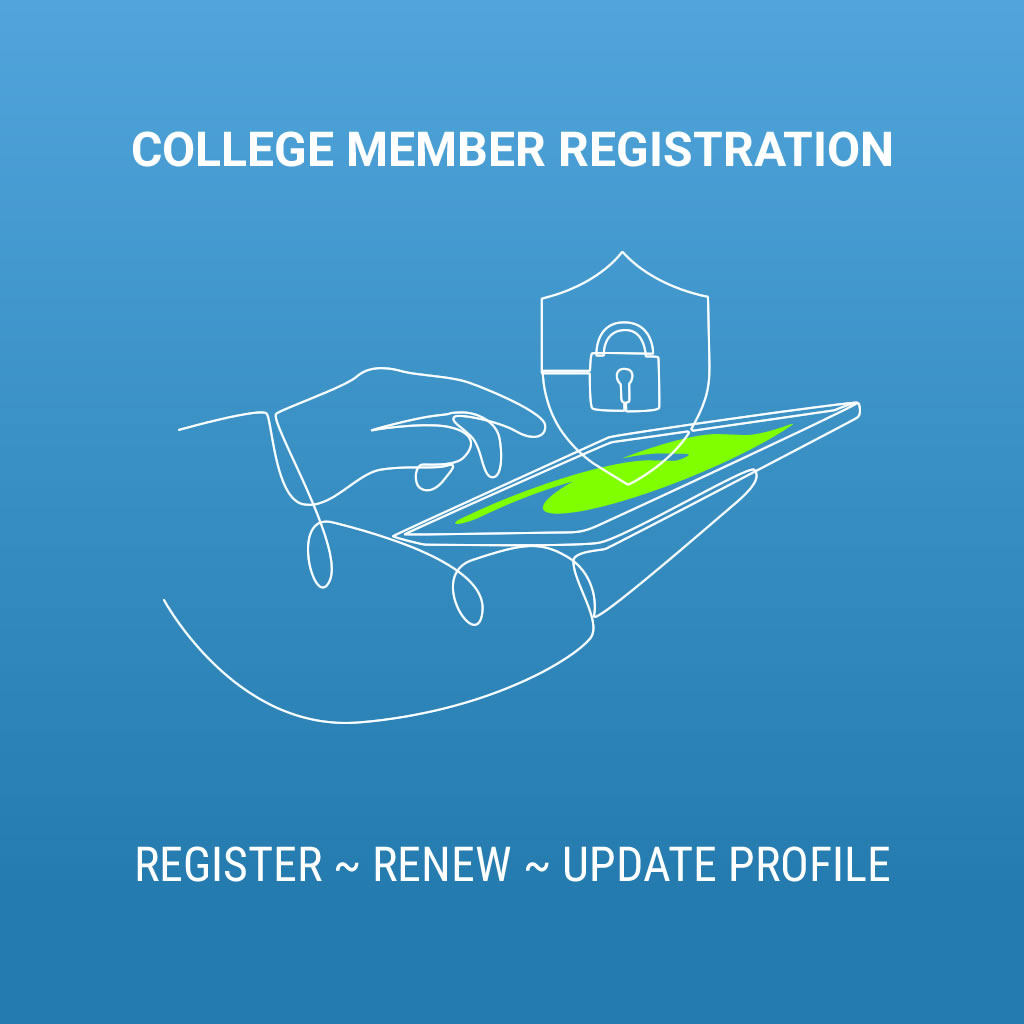Continuing Education and Competency Program - Reflective Practice
What is Reflective Practice?
Reflective Practice is a continual process where a health professional analyzes and evaluates their own professional experiences as a means to gain insight and promote professional growth and learning. Reflective Practice is demonstrated when a health professional is able to describe how their individual learning plan has positively impacted client outcomes.
Why is Reflective Practice necessary?
Reflective Practice is necessary for a number of reasons:
- It is critical to learning from your own experience;
- It helps you to develop a professional identity and recognize the impact of your own personal values, beliefs, and attitudes on your everyday practice;
- It allows you to connect new knowledge to existing knowledge; and
- It provides you with tools to self-assess and self-regulate your practice.
Why is Reflective Practice important?
Reflective practice is important for a number of reasons:
- It is a critical component of continuing competency
- It allows you to gain insight into what makes a caring and supportive person
- It allows you to gain insight into the nature of your knowledge in your own practice setting and
- It allows you to reshape what you do, while you are doing it.
How do I document Reflective Practice?
Reflective Practice is documented in the evaluation part of your annual learning plan. Use the following framework to structure your reflective practice evaluation:
New Knowledge:
I have increased my competency in ___ [whatever you identified as a learning goal] by ____ [list the activities in your learning goal].
Reflective Evaluation of Learning Goal:
As a result, ___ [identify how your practice has improved]. This means that ___ [outline how your clients are positively impacted by your learning].
Example of a reflective evaluation of a learning goal:
I have increased my competency in the performance of side draping by completing a refresher course on draping techniques and working with a mentor therapist. As a result, I am able to competently perform this skill rather than avoiding performing a technique. This means clients get safe efficient care because techniques suitable to this positioning can be used for optimal results meeting treatment goals.

